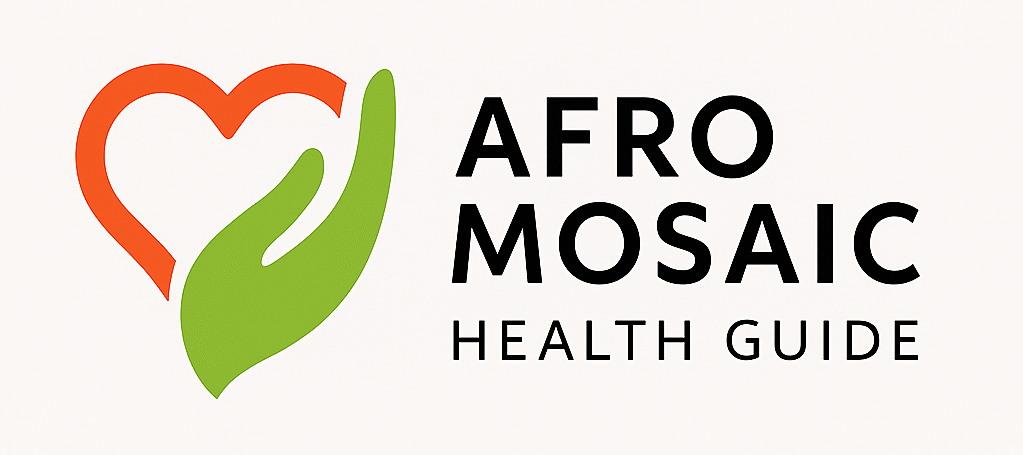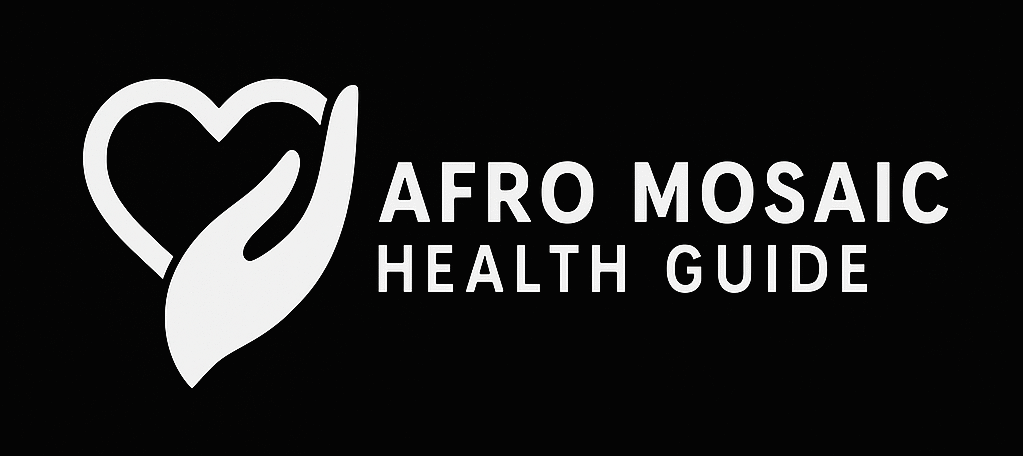In short, fashion has evolved from ancient cultural expression to mass consumer culture, and now into a future where sustainability and identity are central.
1. Fashion as Self-Expression
- Fashion is more than clothing—it’s a reflection of identity, culture, and values.
- Example: Ancient Egypt’s elaborate headdresses and Cleopatra’s iconic eye makeup symbolized status and beauty.
2. Ancient Styles
- Egyptians: Linen clothing kept people cool; jewelry and cosmetics expressed wealth and spirituality.
- Greeks: Flowing chitons and himations made of wool/linen draped elegantly, emphasizing freedom of movement.
- Romans: Togas for formal wear, tunics for practicality and everyday life.
👉 These cultures laid the foundation for draping, structure, and adornment in Western fashion.
3. The Middle Ages & Renaissance
- Middle Ages: Fashion became more layered and structured. Velvet and silk displayed wealth. Long tunics and embroidery dominated.
- Renaissance: Revival of classical art influenced fashion. Corsets shaped waists into hourglass figures; ruffs (lace collars) symbolized high status.
👉 Craftsmanship and tailoring advanced, preparing the path for modern Western fashion.
4. Industrial Revolution & Mass Fashion
- 18th–19th century: Sewing machines enabled mass production.
- Ready-to-wear garments made fashion accessible to the middle class.
- Cotton and calico offered cheaper alternatives to silks.
- Department stores gave customers variety, making fashion democratic and consumer-driven.
5. 20th Century – A Revolution
- Designers like Coco Chanel introduced modern simplicity and comfort (e.g., the little black dress).
- 1920s: Flapper dresses broke norms—loose, short, perfect for jazz dancing.
- New fabrics (rayon, nylon) expanded creativity.
- Youth culture exploded: Mods, Rockers, hippies, punk—each subculture used clothing to rebel or define identity.
👉 By late 20th century, fashion was globalized and diverse.
6. Icons & Trendsetters
- Marie Antoinette: Extravagant gowns and hairstyles symbolized luxury.
- Coco Chanel: Freed women from corsets, gave timeless styles.
- Audrey Hepburn: Classic elegance (e.g., Breakfast at Tiffany’s).
- David Bowie: Androgynous, bold stage costumes, challenged gender norms.
👉 These figures show how individuals shape global style.
7. Vintage Influence on Modern Fashion
- Fashion is cyclical:
- Greek draping → modern bohemian dresses.
- Victorian ruffles → red-carpet gowns.
- Denim (workwear) → modern staple.
- 1990s grunge & 1970s boho → current revivals.
👉 Designers reimagine history to create fresh looks.
8. The Future of Fashion
- Sustainable fashion: Eco-friendly fabrics, reduced waste, circular design (recycling & upcycling).
- Tech integration: Clothes that adapt to climate, change colors, or exist virtually for avatars.
- Fashion will embrace diversity, inclusivity, and responsibility.
9. Fashion & Identity
- Clothes communicate cultural heritage, gender identity, and beliefs.
- Traditional garments preserve roots; gender-neutral styles challenge norms.
👉 Fashion is a tool of empowerment and representation.
10. Sustainability – A Growing Movement
- Consumers now demand ethical, transparent supply chains.
- Brands are reducing water use, adopting recycled materials, and encouraging recycling.
👉 The movement pushes fashion from being just stylish to being sustainable and socially responsible.
11. Fashion Forward – Embracing the Future
- Fashion is ever-evolving, reflecting humanity’s creativity and values.
- Future fashion will celebrate diversity, inclusivity, and sustainability.
👉 Ultimately, fashion is for everyone, not just elites.
✨













